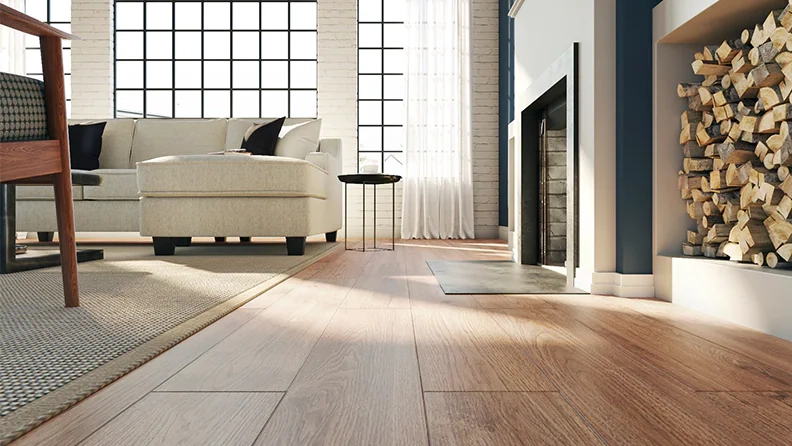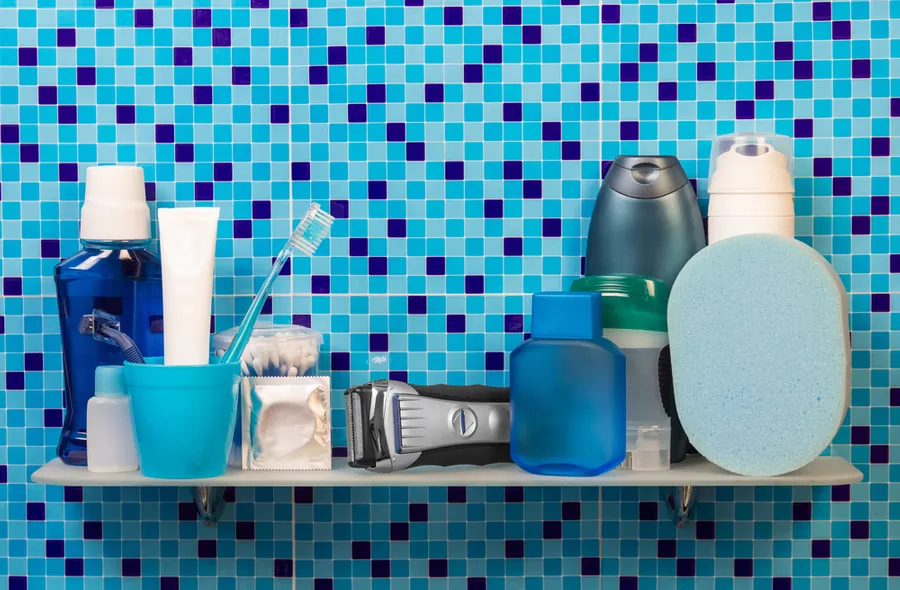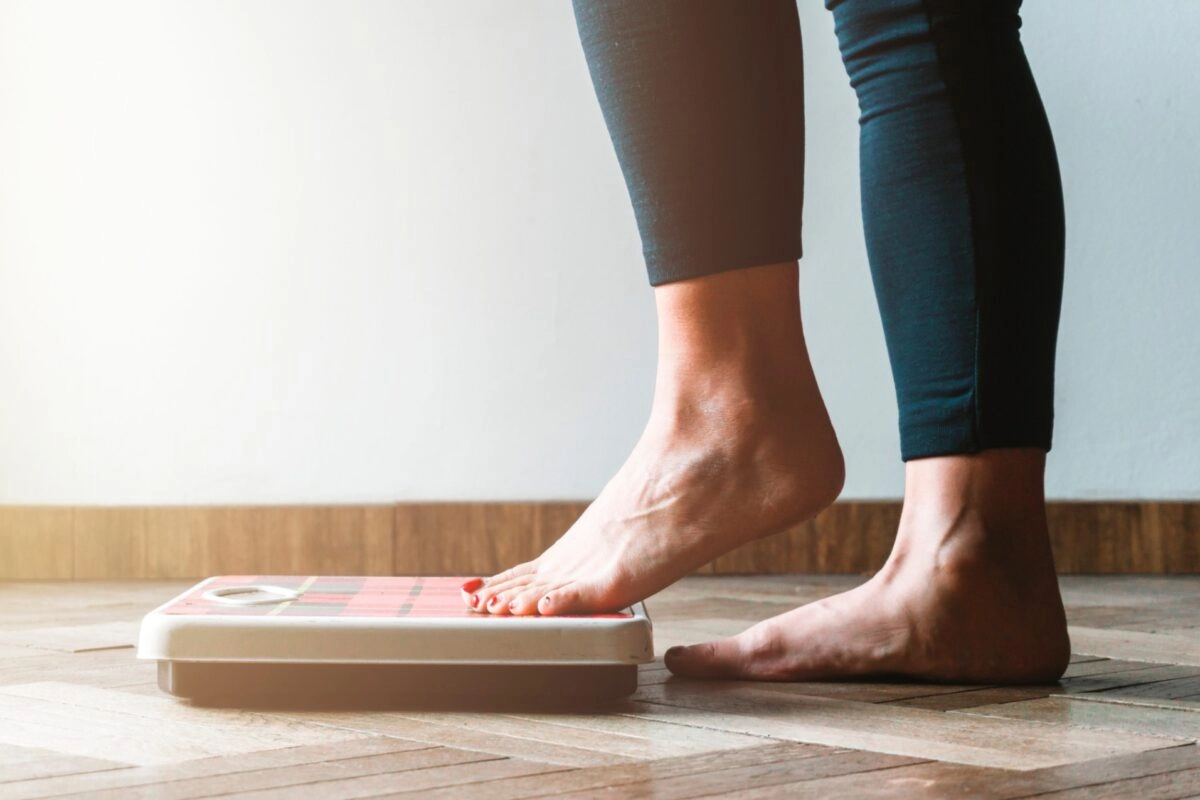Key Contributors to Toxic Chemicals Found in Your Residence

Invisible Dangers: Unveiling the Hidden Threats Lurking in Your Home
Often, the most insidious threats are the ones we cannot perceive. This holds especially true for the alarming array of hazardous chemicals silently pervading commonplace items within American households. Who would have imagined that a leisurely afternoon on the sofa not only involves cuddling with the family pet but also exposure to known carcinogens? From your luxurious king-size bed to your trusty Lazy Boy chair, a plethora of hard-to-pronounce yet unquestionably toxic chemicals can be found in everyday household items. Unfortunately, while these chemicals stealthily infiltrate our homes, the residues they leave behind pose a significant concern for long-term health effects.
Below is a compilation of typical sources for these chemicals found in the average home:
1. The Sofa
The sofa often stands as the focal point of household furniture. It serves as the hub for family gatherings during favorite sports events and solitary relaxation on lazy Sunday afternoons. However, this symbol of domestic comfort harbors a hidden menace. Shockingly, nearly all sofas are teeming with a substantial amount of hazardous chemicals. In a revelatory article titled "Your Couch May be Killing You," published by Mother Jones in 2014, it was disclosed that over 85% of tested couches contained flame retardant chemicals recognized as carcinogens, such as chlorinated Tris, banned from children’s sleepwear since 1977. Despite the surge of studies highlighting the toxicity of sofas in recent years, many manufacturers continue to incorporate these harmful chemicals. Consequently, the couches in most households continue to emit dangerous chemicals, imperiling the health of inhabitants.
2. The Mattress
Similar to sofas, mattresses—the very surface where individuals spend approximately one-third of their lives—are laden with chemicals to comply with government fire safety regulations. The government's mandate for less combustible mattresses, initiated in response to a spate of house fires in the 1970s, led to the adoption of flame-retardant chemicals by mattress manufacturers. These chemicals, including chlorinated Tris, were integrated into the polyurethane foam cushions, constituting the core of most beds. However, the effectiveness of these chemicals in preventing fires is questionable. Despite their gradual off-gassing, as reported by the Chicago Tribune, these chemicals fail to provide adequate fire protection.
3. Plastic Food Storage
While plastic food containers offer convenience, they may compromise food safety by leaching chemicals from their petroleum-based composition. Tupperware, for instance, contains polycarbonate (plastic #7), capable of transmitting Bisphenol-A (BPA), a known disruptor of the hormonal system. Moreover, Tupperware incorporates phthalates, a substitute for the harmful chemical DEHP, which reinforces plastic. Certain plastic containers, particularly those not deemed microwave or dishwasher safe, can leach phthalates into food, posing health risks, especially to pregnant women and children.
4. Your Floors
Every year, millions of American households renovate their floors, unwittingly introducing hazardous chemicals into their living spaces. Whether vinyl, hardwood, or laminate, modern floors emit potentially harmful chemicals. Formaldehyde, present in laminate floors as a binding agent, can cause respiratory problems through off-gassing after installation, as highlighted in a segment by 60 Minutes focusing on Lumber Liquidators. Similarly, vinyl floors contain phthalates, the same harmful chemical found in Tupperware, with testing revealing alarming concentrations exceeding safety standards. Acknowledging these risks, retailers like Home Depot have pledged to phase out hazardous chemicals from their flooring products, signaling a step toward safer household environments.






